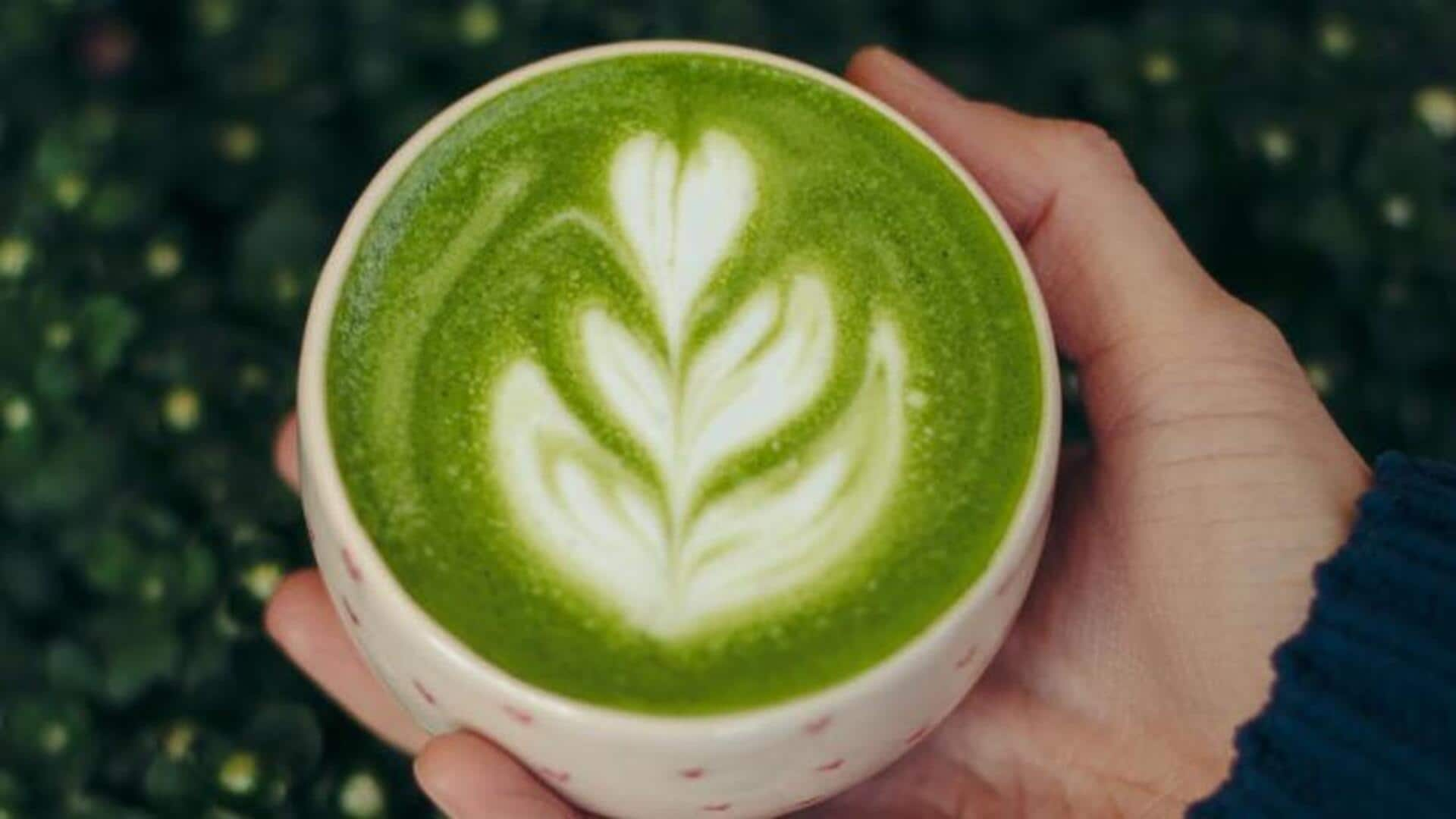
5 fascinating facts about Japanese tea ceremonies
What's the story
The Japanese tea ceremony, also called chanoyu or sado, is a traditional cultural activity that centers around the ceremonial preparation and presentation of matcha, powdered green tea. This ceremony holds deep cultural significance for the Japanese, focusing on harmony, respect, purity, and tranquility. Over centuries, it has evolved into a meditative art form, embodying the philosophy of Zen Buddhism. Let's explore five fascinating facts about this cultural phenomenon.
Historical roots
Origins in Zen Buddhism
The Japanese tea ceremony traces its roots to *Zen* Buddhism, serving as a meditative practice to cultivate mindfulness. Imported from China in the ninth century, it gained popularity among monks for its tranquil, grounding effects. By the 15th century, it evolved into a refined ritual under the guidance of influential tea masters, most notably Sen no Rikyu.
Green tea powder
The role of matcha
Matcha is the heart of Japanese tea ceremonies. This vibrant green tea powder, finely ground from specially grown and processed leaves, is whisked with hot water to produce a frothy, invigorating elixir. A key distinction sets matcha apart: unlike other teas where leaves are steeped and discarded, matcha entails ingesting the whole leaf in powdered form. This whole-leaf consumption delivers a concentrated dose of antioxidants and nutrients surpassing that of regular brewed teas.
Essential tools
Utensils used in ceremonies
Multiple specialized utensils are involved in a Japanese tea ceremony. These include the chawan (tea bowl), chasen (bamboo whisk), chashaku (tea scoop), and natsume (tea caddy). Each instrument is crucial for properly preparing matcha, and they are typically made with great care and precision from materials such as bamboo or ceramic.
Changing elements
Seasonal influences on ceremonies
Japanese tea ceremonies are seasonal affairs, shifting with nature's rhythms. In spring and summer, you'll see lighter utensils crafted from materials like glass—perfect for keeping things cool. Winter, on the other hand, brings out the warmth with heavier ceramics. Even the tearoom itself transforms, with seasonal flowers or scrolls adding a touch of the changing world outside.
Ritualistic manners
Importance of etiquette
Every movement in a Japanese tea ceremony, from the way you enter through low doorways to the bow you give before accepting your cup, is steeped in etiquette. Guests are expected to adhere to a rigid code of conduct, with rules governing everything from posture to speech and even the smallest gestures. Reverence is the key. A full ceremony can take several hours, depending on the complexity.